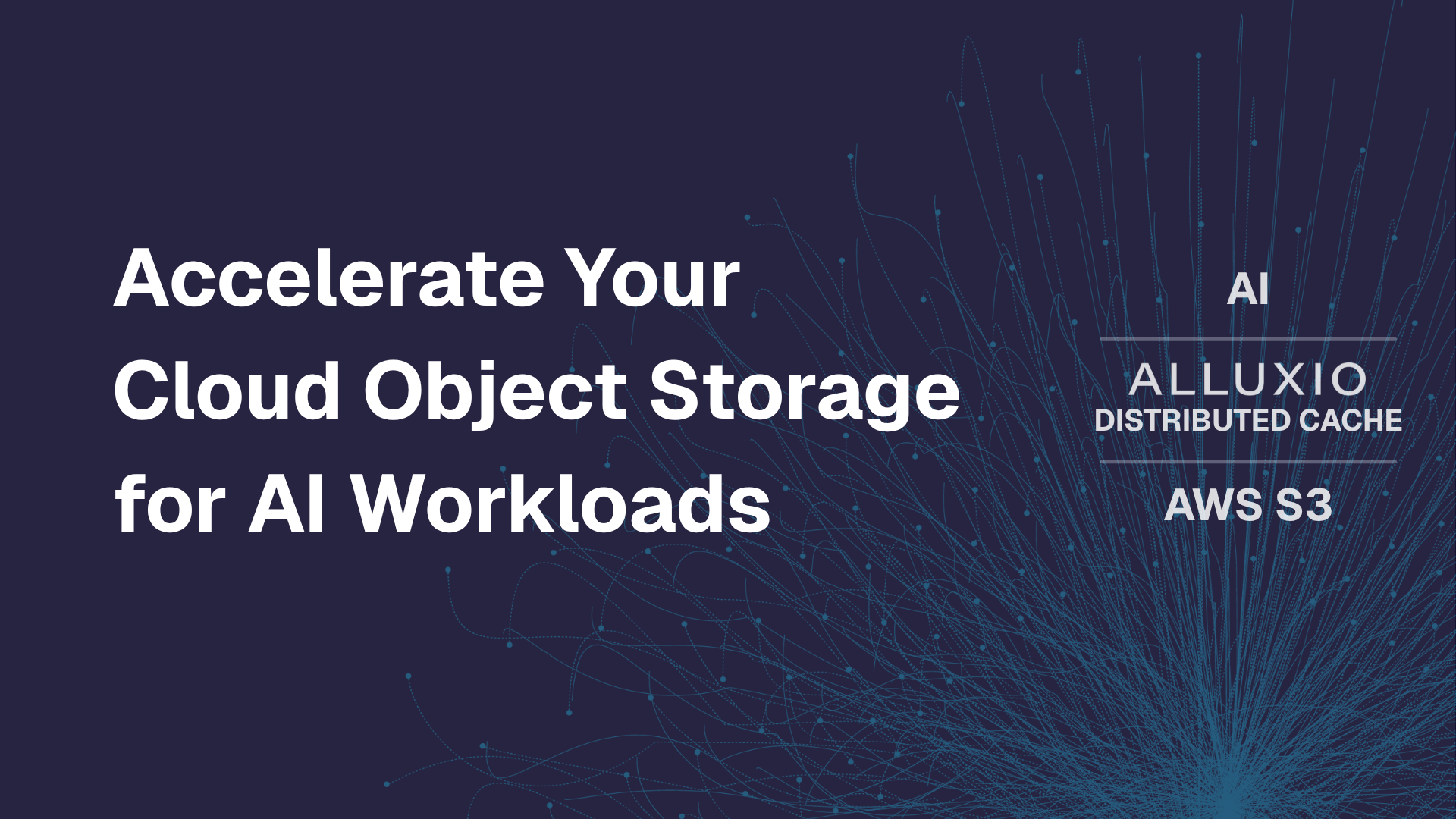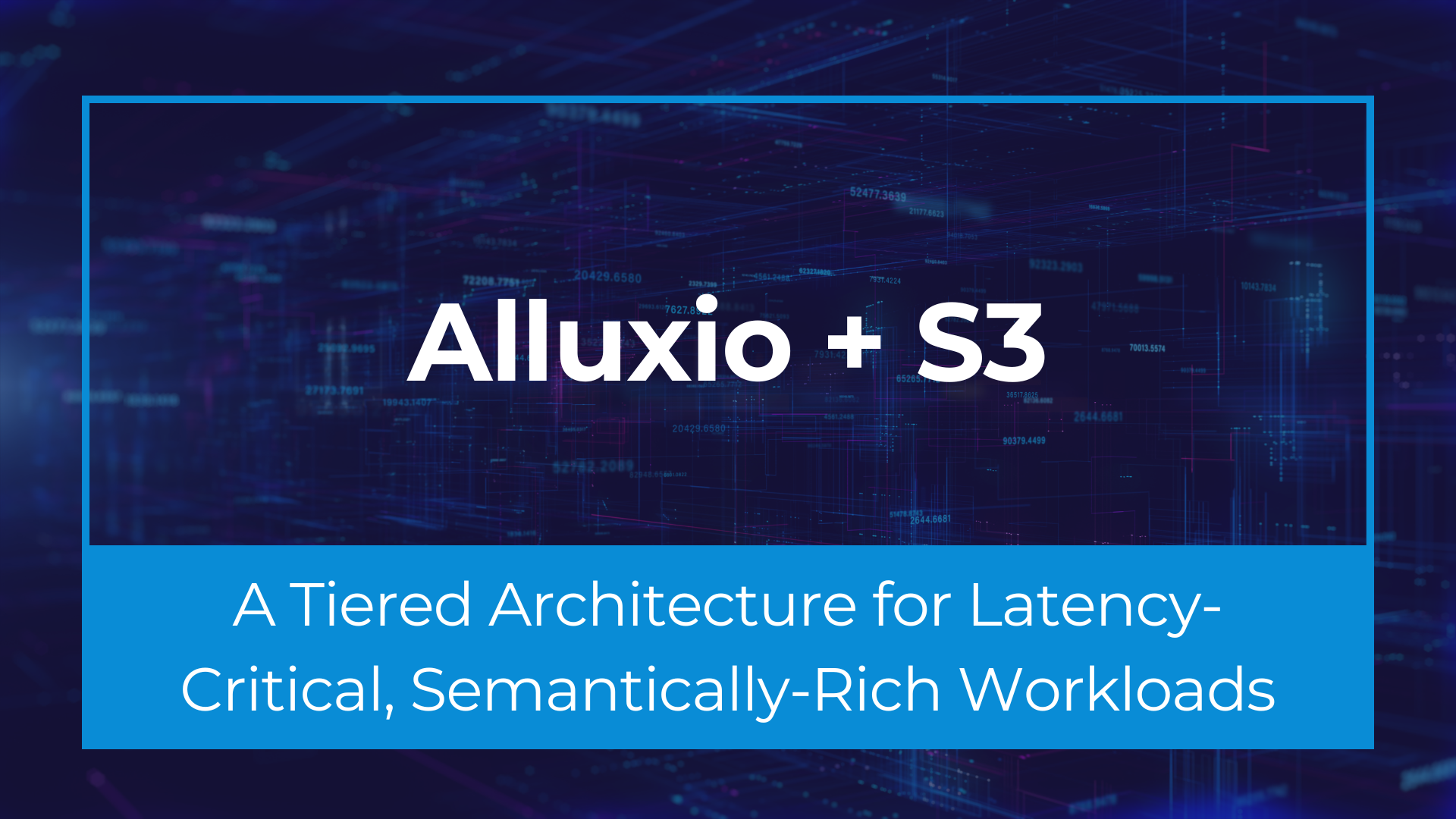Products
Lenovo Case Study Analytics on Data from Multiple Locations and Eliminating ETL
March 12, 2018
Lenovo is an Alluxio customer with a common problem and use case in the world of data analytics. They have petabytes of data in multiple data centers in different geographic locations. Analyzing it requires an ETL process to get all of the data in the right place. This is both slow, because data has to be transferred across the network, and costly because multiple copies of the data need to be stored. Freshness and quality of the data can also suffer as the data is also potentially out of date and incomplete because regulatory issues prevent certain data from being transferred. Lenovo deployed Alluxio to address these issues and eliminate the need for ETL altogether. Data from multiple locations is cached in Alluxio and multiple applications can access it for analysis. The data is either accessed locally from memory or fetched by Alluxio for new requests as needed from persistent storage. The working data set is always available without the need for ETL. Alluxio fits within the existing security frameworks and enforces the policies in place, ensuring regulatory and compliance requirements from different countries and jurisdictions are met. You can learn more in the full case study
.png)
Blog

Alluxio's Strong Q2: Sub-Millisecond AI Latency, 50%+ Customer Growth, and Industry-Leading MLPerf Results
Alluxio's strong Q2 featured Enterprise AI 3.7 launch with sub-millisecond latency (45× faster than S3 Standard), 50%+ customer growth including Salesforce and Geely, and MLPerf Storage v2.0 results showing 99%+ GPU utilization, positioning the company as a leader in maximizing AI infrastructure ROI.
Sign-up for a Live Demo or Book a Meeting with a Solutions Engineer
Heading 1
Heading 2
Heading 3
Heading 4
Heading 5
Heading 6
Lorem ipsum dolor sit amet, consectetur adipiscing elit, sed do eiusmod tempor incididunt ut labore et dolore magna aliqua. Ut enim ad minim veniam, quis nostrud exercitation ullamco laboris nisi ut aliquip ex ea commodo consequat. Duis aute irure dolor in reprehenderit in voluptate velit esse cillum dolore eu fugiat nulla pariatur.
Block quote
Ordered list
- Item 1
- Item 2
- Item 3
Unordered list
- Item A
- Item B
- Item C
Bold text
Emphasis
Superscript
Subscript


